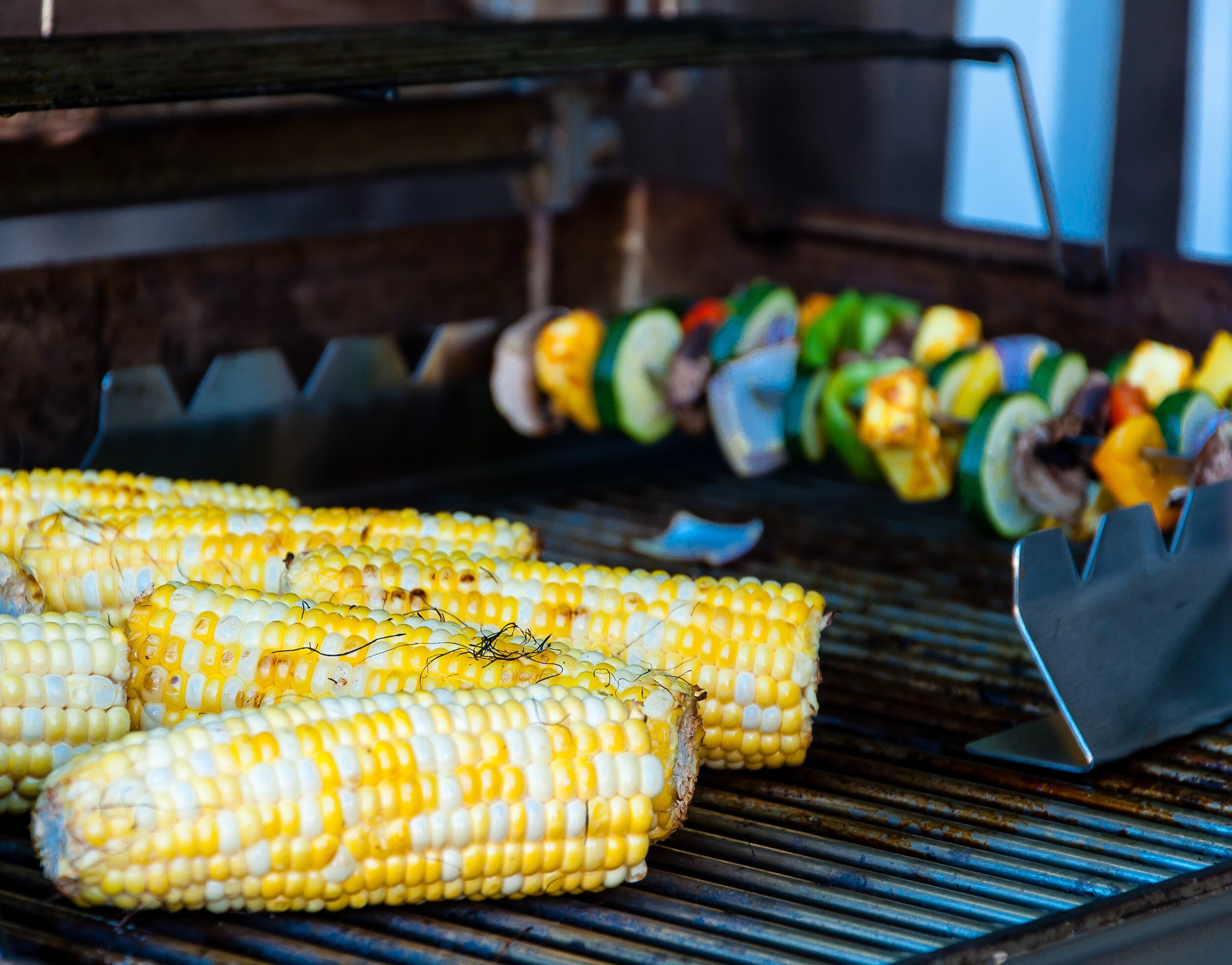So, What Does It Really Mean To Eat In Season
On March 12th, 2020 I received a call from my supervisor that our offices were to be closed until further notice. I knew that it meant change was to come; I expected life to look different. This is all uncharted territory for everyone. In just 2 weeks, toilet paper became the hottest commodity. Media outlets covered countless stories about the decline of toilet paper supply. However, there was another commodity that eventually became even harder to come by, meat.
Walking the aisles of the local supermarkets, I couldn’t help to notice the absence of meat and abundance of fresh produce. Along with meat, canned and frozen produce are becoming hard finds. While completing my weekly rounds through the grocery circuit, I’ve overheard several conversations about produce that all lead to these three conclusions:
Unfamiliar produce is scary to most
Consumers are unaware of what it means to eat in season
Many people do not know how to properly store produce
There were murmurs of “that’s going to spoil in 2 days” and “I don’t even know what to do with that”, which were quickly followed by a bee line to the barren canned foods aisle. Although canned and frozen produce contain the same nutritional value as their fresh counterparts, the taste isn’t comparable. But what does a meat shortage actually mean for us?
For starters, the empty shelves at supermarkets are the first indicator that something strange is happening. However, as supply returns to stores, the variety of meat is expected to decline. Some finer cuts may no longer be as available and high demand items, like bacon, will see an increase in price. This doesn’t mean that you should go and stockpile meat in your deep freezer. By making simple adjustments to your food habits, you can explore the world of food and reduce your impact on your environment. Trust me, the latter is better than engorging in freezer burned ribeyes this summer season.
A simple way to combat food fatigue is to embark on an adventure with your food, and this can be done by eating in season from the comfort of your kitchen.
So, what does it mean to eat in season?
Eating in season is all about taking advantage of what the Earth provides while remaining conscious of your impact on the environment. Not all produce blooms the same…at the same time. Foods reach peak flavor and nutritional value seasonally. This means, in order to enjoy fresh produce at its fullest potential, it’s better to eat it in the season it would normally grow. Eating in season is not only for your enjoyment and health, but it is also beneficial for the earth.
Before you sit down to take a bite of your lunch or Sunday dinner, think about the journey each individual ingredient took to reach your plate. How much gas did it take to transport the onions and garlic from the ground to your plate? About how much electricity was required to keep your milk and cheese safe enough to consume? About how many pesticides were used to keep your fruit safe from predators during a season it does not normally grow? These questions are things to think about as you are purchasing your food.
Eating in season helps reduce your carbon footprint or your impact on the natural environment. Foods that are cultivated in season, require less protection and less fortification to make them satisfiable for the consumer. The different types of produce each have specific characteristics that indicate ripeness.
Picking your produce
I can tell you one hundred times to try different produce, but if you do not know how to pick your produce, then all the energy would be wasted. If you did not major in horticulture, here are 3 simple things to look for when picking fresh produce:
Color- food should be vibrant and colorful.
Smell- you can smell when produce is ripened; especially, fruits. They will give off a sweet faint aroma near the blossom end.
Sound- this applies largely to melons. You should hear a deep solid “thump” when you pluck the fruit. If it sounds high and shallow, then the fruit is not ripe.
Spring/Summer Produce
Here’s a color-coded list of summer produce to be on the lookout for as you make your grocery store runs:
Red
Red indicates foods that are good sources of vitamin A (Retinol, Retinal, Retinoic Acid). Vitamin A is a fat-soluble vitamin (absorbed by fat in the body) that is essential to immune system functions, vision, and human growth/development. Vitamin A not only helps the body fight of infections, but helps you see in low light!
Apples
Tomatoes
Peppers
Cherries
Raspberries
Strawberries
Watermelon
Radishes
Plums
Orange
Vitamin C, probably the most famous vitamin to hit the streets, is your ride or die vitamin. This water-soluble vitamin boosts your immune and repairs damages to the body. From your skin to your heart, this vitamin plays a major role in maintaining your health.
Peaches
Mangos
Carrots
Cantaloupe
Apricots
Yellow
Vitamin B6 can be found in starchy produce, this produce also tends to be yellow. B6 is important for breaking down proteins (protein metabolism), immune functions, energy, and the formation of red blood cells.
Bananas
Peppers
Corn
Summer Squash
Lemons
Green
Riboflavin or vitamin B2 is essential to cell growth and function. This vitamin can be found in green veggies. Major factor in your body being able to break down drugs, fats, and steroids.
Fun Fact: Your body can actually produce a decent amount of riboflavin on its own, by simply eating more plant-based foods.
Avocados
Celery
Cucumbers
Green Beans
Garlic
Limes
Lima Beans
Tomatillos
Okra
Zucchini
Blue/Indigo/Violet
Tocopherol and Tocotrienol, or vitamin E, can be found abundantly and in blueish purple produce. This vitamin is known for its antioxidizing properties. This is a great vitamin that helps fight heart disease and cancer.
Blueberries
Blackberries
Eggplant
Plums
As we phase through this pandemic and beyond, I want to explore food with you! The shortage in meat will not be the first change we see in our food culture. However, it is my goal to empower you during these lifestyle changes to take ownership of your life, both in and out of the kitchen.
Be on the lookout for produce storage tips and more!
























At the rise of Covid-19 many of us first questioned the timeline of fashion week and would we see the regular calendar continue - the question weighed over many of us for months! It was refreshing to see design houses and designers across the globe take advantage of the uncertainty and plow into production mode - thus my interest in Jerri Reid New York - The Black Designer based in Brooklyn New York wow’d instagram with his latest collection paying homage to the Black Is King film which debuted earlier this year in July. I was taken aback at quick of a turn round the young designer produced and released his well crafted designs reflecting some of the films most memorable moments.